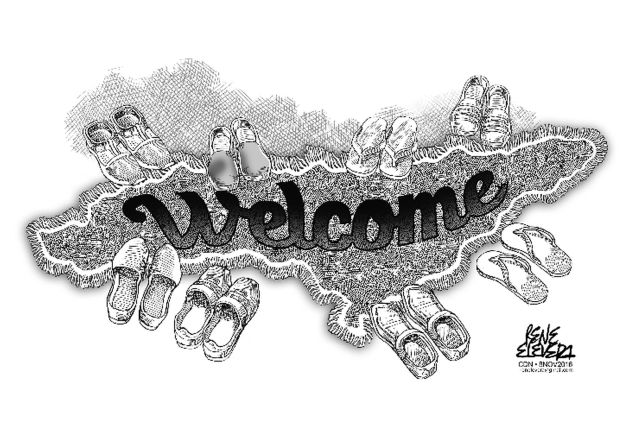
The recent US advisory warning American citizens not to travel to southern Cebu, coupled with the US government’s recent cancellation of its firearms sales to the Philippines, may have been the result of the fallout in US-PH relations due to President Rodrigo Duterte’s verbal tirades against their president.
But it shouldn’t serve to deter the efforts of Cebu’s local governments and the province to promote tourism in their respective destinations especially since there is a wider market out there aside from the Americans.
The US travel advisory is not without basis, of course, since the Police Regional Office (PRO-7) reported the presence of Abu Sayyaf bandits in Cebu which is sufficient basis to warn Cebu residents about the potential danger posed by these criminals.
The issuance of the advisory could not have come at a worse time, when the holiday season is in full swing heading to next year’s Sinulog which is expected to be shortened if we go by Cebu City Mayor Tomas Osmeña’s recent pronouncements.
Coupled with the Abu Sayyaf’s public disclosure that they earned millions of pesos’ worth of ransom paid for either by the government or the families of the victims, any outsider would see that the country, particularly Cebu, isn’t as safe as the national government would like others to believe.
That said, it’s still too early for tourism stakeholders to evaluate the full impact of the US travel advisory on tourist arrival numbers since it may influence other countries, particularly long-time ally Japan, from making similar advisories.
Rather than rail against these countries, it’s up to the local governments and their private sector partners to assure diplomats of these respective countries that Cebu remains safe for their citizens to visit, stay and work in.
The provincial and local officials have already met with tourism stakeholders in the private sector as well as the police and military to ensure the safety of visitors, and we hope that this would be sufficient reason to convince foreign tourists that everything is being done to protect them.
Then there is the obvious which is to court other countries to visit the country and fill up any vacuum that may be left by American tourists, who we’d like to believe will still patronize Cebu’s tourist destinations.
The regional Department of Tourism (DOT) noted that Chinese and Russian tourists also account for substantial percentage of tourist arrivals in the province, and tourism groups have already been developing these markets for years now.
The US travel advisory should not only serve as a challenge to Cebu’s tourism industry but to its constituents who can do their share in helping invite domestic and foreign tourists to visit and enjoy what the province’s tourist destinations have to offer.